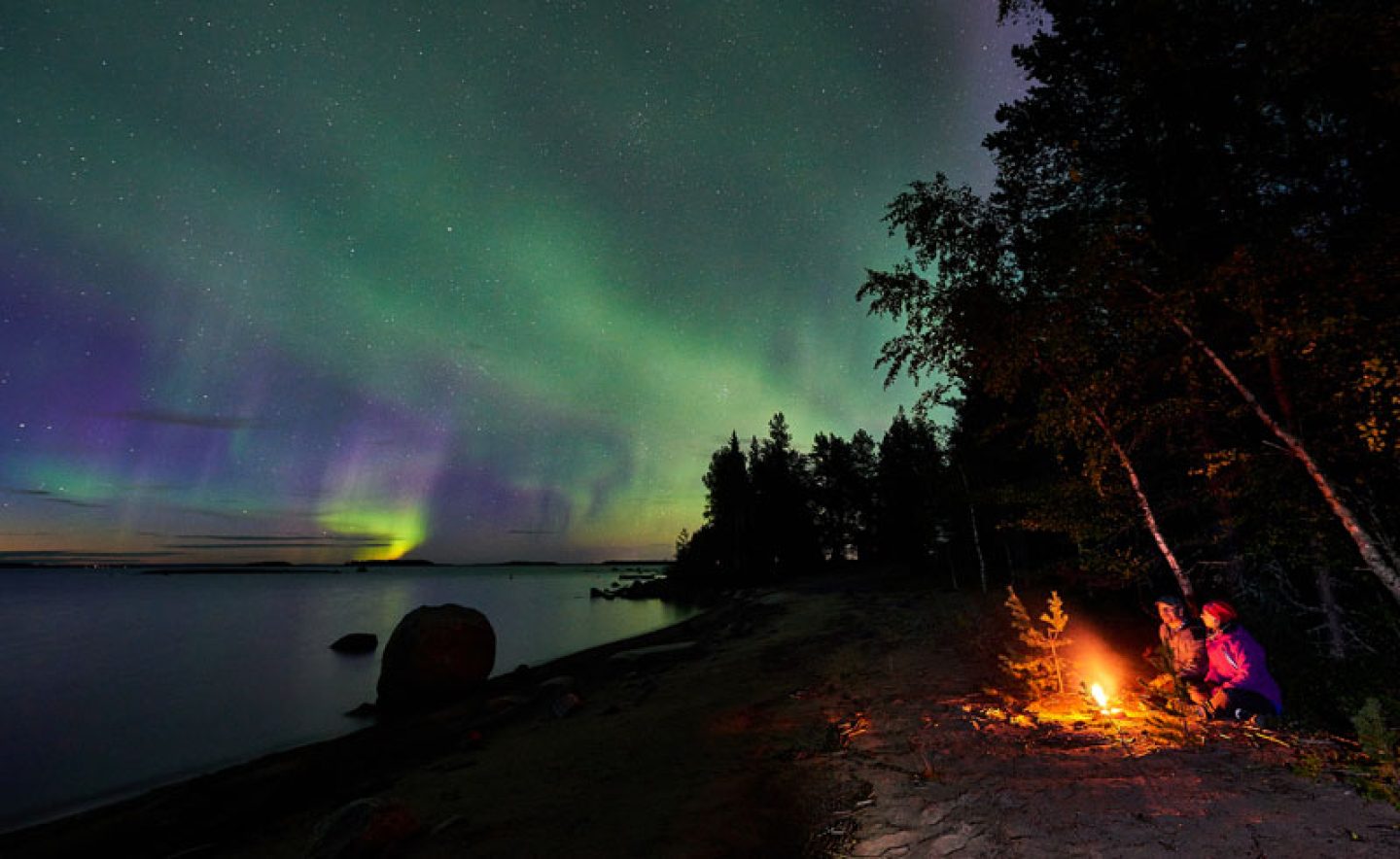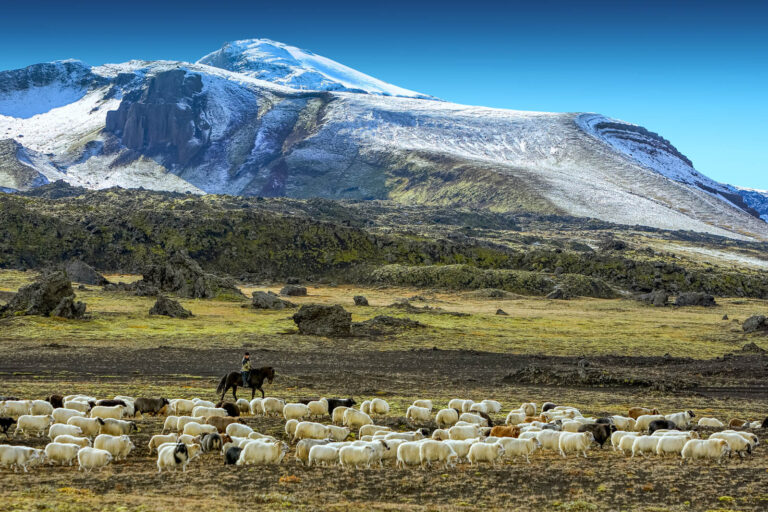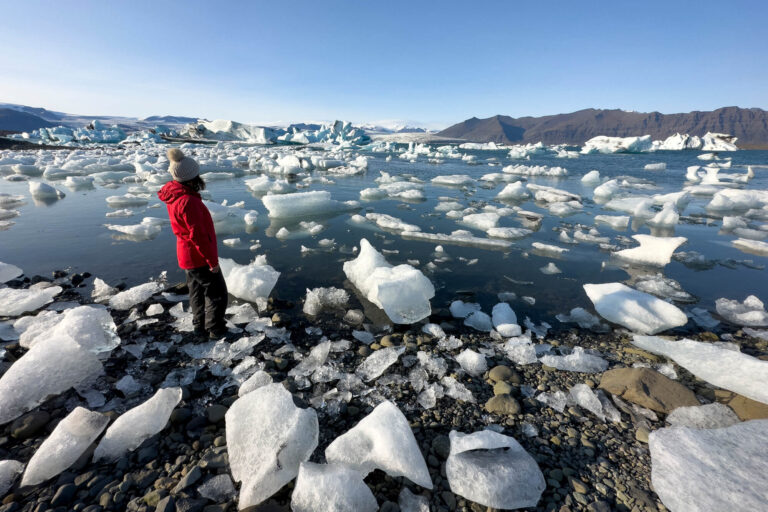
In today’s world of radiators and central heating, barbeques and camping stoves, you might not have much opportunity for building and maintaining a real fire. But on a summer adventure in Varmland with your family, it’s a skill you’ll need. So, to help you get in touch with your inner Scout here’s a quick guide to getting your campfire started.
Safety first!
Although lighting a campfire is permitted under Sweden’s Right of Public Access, you must do so responsibly. National Parks and nature reserves may have their own regulations about campfires, which you should always follow.
Never light a fire where there is a risk of it spreading or causing damage – for example under cover, or on sandy ground or gravel. You should also avoid mossy or peat-bog areas where fire can burn unnoticed. Gathering cones, twigs and fallen branches for your fire is fine, but don’t cut live wood or use fallen trees which may be habitat for local wildlife.
1. Pick your spot carefully
Bear in mind fire safety precautions and, if you’re in a National Park or nature reserve, any specific rules. Most campsites will have designated fire-pits and or cooking areas to use – be sure to leave these how you found them (i.e. clear of mess and restocked).
2. Use dry wood
It sounds so simple. Although it’s possible to start a fire with damp wood, it’s much more difficult – so use the driest material you have available to get your fire started. You can place damp pieces around the edge of your firepit to dry our and use later, once your blaze is roaring.
3. Use small pieces to start with
There’s no point trying to set a big log alight straight away, so you’ll need to use smaller sticks and twigs to get things started and kindling like newspaper or fabric to set your match or lighter to as touchpaper. Tortilla chips also make good kindling.
4. Build a pyramid
Remember the three ingredients you need to make a fire: fuel, oxygen and heat. To give your fire the best chance of getting started, prop your sticks and twigs together into a pyramid shape, so that plenty of air gets into your fire, with a couple of slightly larger logs propped over the top so that once the fire catches there’s plenty of fuel to keep it going.
5. Keep an eye on it
This is especially true with children around. You don’t want to add too many logs at once and smother the sparks you’ve got going, but equally there needs enough material to burn. If the fire seems to be dying back, move your logs around with a long stick or poker and blow on it to provide a burst of oxygen.
Please note: On our Varmland Summer Adventure, help will be provided with campfire cooking on the night you spend on the island.






 Instagram
Instagram
 Facebook
Facebook
 YouTube
YouTube